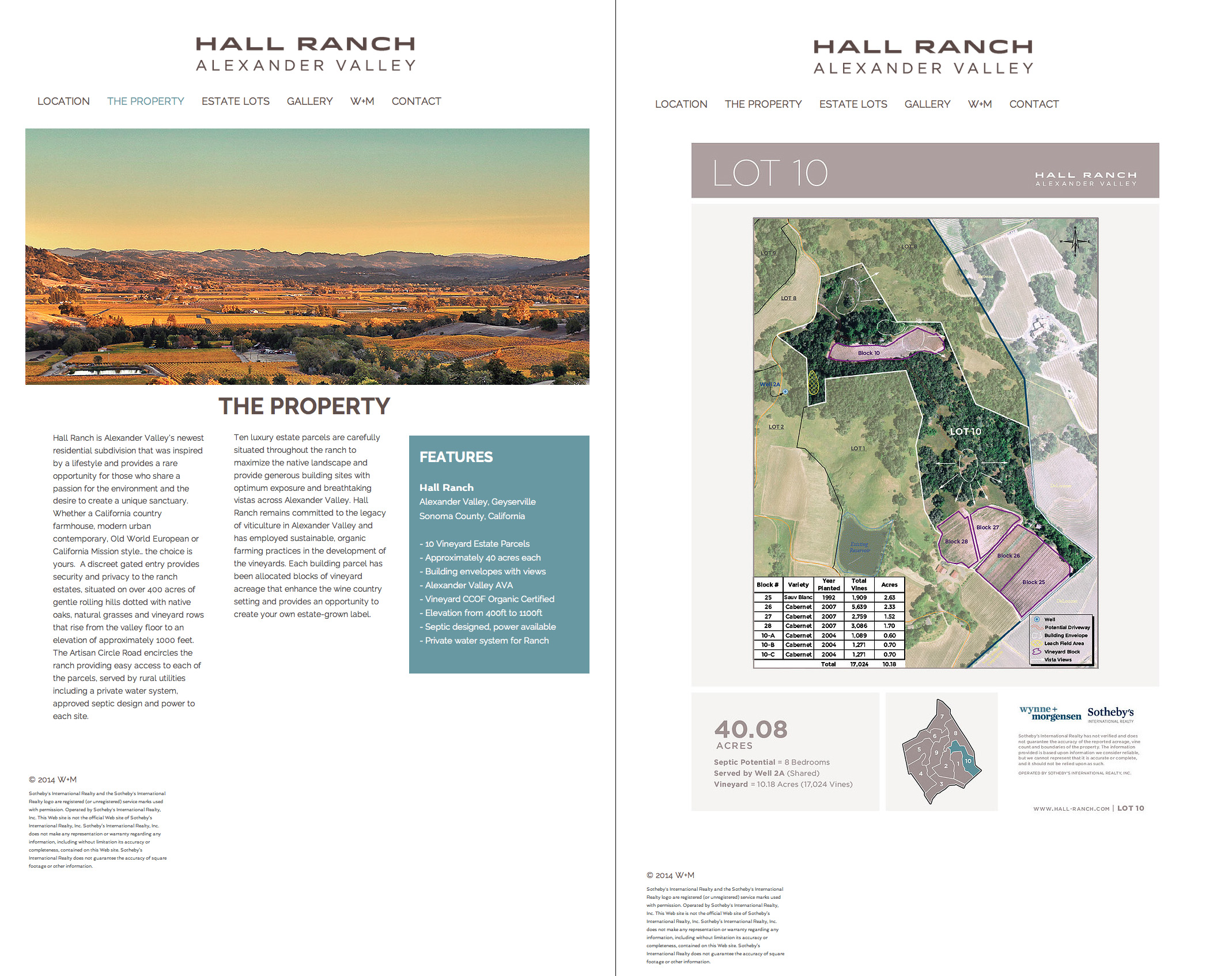
My second Walt Ranch letter
on the web at: https://sodacanyonroad.org/forum.php?p=1199
Bill Hocker | Apr 2, 2016Brian Bordona, Supervising Planner
Napa County Planning, Building, & Environmental Services Department
Napa, CA
Mr Bordona,
Having lived in the Rector watershed for the last 22 years and having watched the natural landscape disappear to vineyard development, and now being confronted next door with the first tourism-centered winery on the plateau, I would like to add another letter of opposition to the approval of the Walt Ranch FEIR and the suburbanizing trend that the project represents for the remote and natural woodland areas of the county.
I can only admire the amount of effort the Walt Ranch consultants made to address almost each and every opposing comment among the 3800 pages of comments submitted, in addition to finding the common themes of opposition and addressing those concerns at greater length. While the bulk of the opposition seems to revolve around woodland, habitat and water impacts I would like to emphasize, as I did in my first letter, the issue of reasonably foreseeable future development and growth inducing impacts that the project represents. For me, concerned about the obvious future impacts of what I can only see as the infrastructure development for a 35 unit residential subdivision, I was a bit disappointed by the summary dismissal of that as a concern in the FEIR:
- "As stated above in General Response 4, the purpose of the Proposed Project is to develop vineyards on the Walt Ranch; the EIR does not analyze the development of homes on the parcels because that is not proposed by the project applicant. No other reasonably foreseeable future development would occur on the project site beyond what is described in the EIR. Therefore, it is not appropriate to include the development of single-family homes on the Walt Ranch property in the cumulative analysis for the Proposed Project". (FEIR v1 pg4-39)
The FEIR foresees no other development on the properties as a result of the creation of an all-weather road system and the provision of water lines to each property, by a developer that has a track record of developing vineyard-ready residential subdivisions. [ http://www.hall-ranch.com ]. The FEIR states in General Response 4 (FEIR v1 pg4-5) that "There is no evidence that, elsewhere in the region, vineyard projects are being proposed as a catalyst for future residential development." They weren't looking very hard. (Please watch the video on the Hall Ranch site.)
From the Hall Ranch website:

The reason that everyone in the county is now stuck with traffic congestion, unaffordable housing, an agrarian landscape now littered with building projects and more and more in taxes to cover the infrastructure costs of an expanding population is because each project approved never considers the reasonably foreseen future development that the completed projects will necessitate, encourage and make possible. This FEIR has completely ignored the discussion of the reasonably foreseen "growth inducing impacts" that the project presents:
- CEQA Sec 15126.2(d) (pg155): "Growth-Inducing Impact of the Proposed Project. Discuss the ways in which the proposed project could foster economic or population growth, or the construction of additional housing, either directly or indirectly, in the surrounding environment. Included in this are projects which would remove obstacles to population growth (a major expansion of a waste water treatment plant might, for example, allow for more construction in service areas). Increases in the population may tax existing community service facilities, requiring construction of new facilities that could cause significant environmental effects. Also discuss the characteristic of some projects which may encourage and facilitate other activities that could significantly affect the environment, either individually or cumulatively. It must not be assumed that growth in any area is necessarily beneficial, detrimental, or of little significance to the environment."
If the developer is serious about denying the growth inducing impacts of their project perhaps they should place non-development conservation easements on the properties or a no-future-development clause into the property deeds. If they are serious about only using the vineyards to supply grapes for Hall wines then let them recombine the properties into one parcel as a show of commitment. I doubt that any of those steps will happen. The parcel and vineyard map of Walt Ranch is here. Just look at the vineyard block plan. Would any vintner sensibly create such a convoluted, inaccessible and expensive vineyard just to supply grapes to their winery? Would anyone buy 2300 acres of land for 288 acres of grapes? The convoluted vineyard configuration does insure that 34 of the 35 parcels each have some vineyard acreage necessitating road access and water availability required for the sale of vineyard-ready residential property.
The perfunctory discussion regarding growth inducing impacts by claiming this project is only about vineyards in the FEIR can only be seen as an attempt to fudge over real intent of the project and a sidestepping of the intent of CEQA. The CEQA "growth inducing impact" discussion is at the heart of this project.
It is, as well, a discussion that is at the heart of all the projects that that have generated so much opposition in the last two years as the obvious impacts of growth are beginning to destroy everything special about Napa County. Walt Ranch will eventually be a very lovely housing project if this vineyard conversion is allowed to go ahead as is. And the urbanization of Napa County, with each project's urbanizing impacts mitigated to a level of insignificance on paper, will go on unabated.
Thank you for this opportunity to re-emphasize my concerns.
Bill Hocker
3460 Soda Canyon Road
Napa, CA 94558
copyright © sodacanyonroad.org